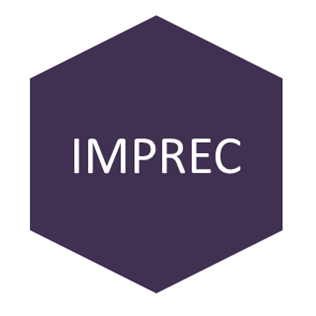Results
Results WP 1: Electrocoagulation as a cost-efficient alternative to inorganic coagulants
- Lab scale experiments on electro-coagulation was designed, carried out and results were used as design basis for pilot unit
- A pilot electro-coagulation (ELC) unit was designed, constructed, tested.
- ELC tests were carried out on model wastewater, wastewater from the Reszel WWTP and wastewater from the city of Ås, Norway.
- The treatment efficiencies and economical feasibilities were evaluated and published.
Results WP 2: Development of a flock sensor
- A literature review on the use of floc images as a tool for characterisation of coagulation performance was completed
- Experimental setup for lab and pilot use designed and constructed
- A reliable concept for image analysis identified among several choices
- A prototype was developed and tested at the Drøbak WWTP
Results WP 3: Cost-efficient particle and phosphate removal from Polish WWTPs with innovative dosing control
- A literature review on the coagulant dosing control was carried out
- A comprehensive water quality surveillance and coagulant dosing control system was installed and tested at the Reszel WWTP, Poland.
- Control procedures for SBR Biological process was evaluated at Reszel WWTP.
- A similar system (funded by elsewhere) was evaluated at the Drøbak WWTP, Norway.
Results WP 4: Optimising the sludge dewatering process by optimal control of polymer dosing
- A literature review on the sludge dewatering characteristics completed
- An experimental device for Capillary Suction Time (CST) measurements was designed and tested.
- The impact of various organic polymers on sludge dewaterability was evaluated using jar tests and CST measurements
- Conceptual programming of the polymer dosing control unit completed.
Results WP 5: Innovative coagulation combination to increase plant accessibility of phosphates in the sludge
- A literature review on plant availability of phosphates (PAP) in wastewater sludge completed
- The possibility to reduce the inorganic coagulant consumption upto 40% was documented, using organic cationic polymers. The PAP was proportionally increased
- Plant growth tests using hydroponics tests confirmed the increase of PAP with decreasing inorganic coagulants. A new series of growth tests using conventional pots and hydroponics were designed based on these results and started.
- Interpretation of coagulation mechanisms during combined coagulant dosing with Aluminium and cationic polymers were presented.
- Based on the results, concepts to improve PAP using advanced coagulant dosing control was presented.

